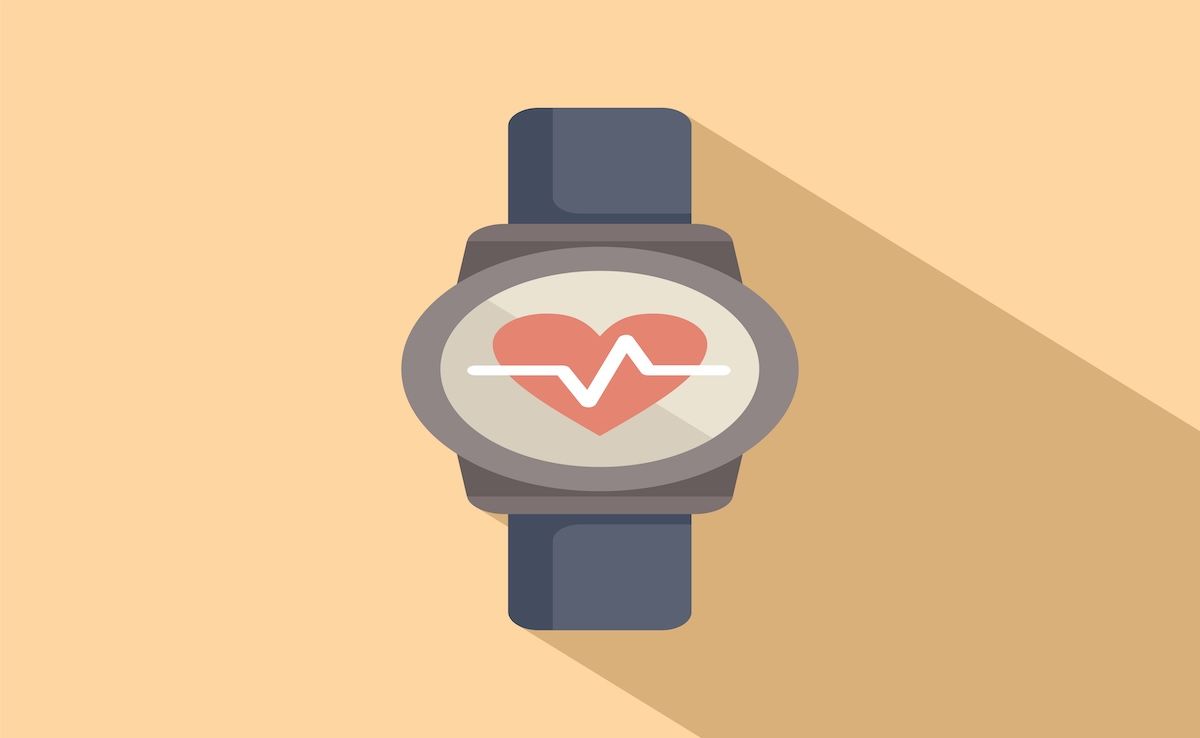Article
Researchers Highlight Risks of RHC in Pediatric Patients With PAH
Author(s):
Based on their findings, the researchers of the retrospective study are calling for close evaluation, careful monitoring, and appropriate treatment to mitigate complications and mortality.
Despite improvements in the management and monitoring of pediatric pulmonary arterial hypertension (PAH), these patients still remain at risk for adverse outcomes during right heart catheterization (RHC), according to new study findings.
Based on their findings, the researchers of the retrospective study are calling for close evaluation, careful monitoring, and appropriate treatment to mitigate complications and mortality.
The group looked at outcomes of 163 consecutive procedural records from a single institution, accounting for 147 patients. There was a pulmonary hypertensive crisis (PHC) incidence rate of 11.7% among the patients. Cardiac compression was needed in 3.1% of patients, and there was a mortality rate of 0.6%.
“Despite substantial progress in modern PAH management and monitoring and supportive techniques during cardiac catheterization, the risk of RHC remains significant in children with PAH, especially those with severe RV dilation and who require sedation,” they wrote. “Careful preprocedural evaluation, prevention of PHC triggers, timely identification, and treatment are essential for reducing mortality.”
Prior to the procedure, 56.4% of patients were receiving PAH therapy. In a subset of 33 patients, the researchers found that patients who received RHC more recently (between 2016 and 2020) were more likely to receive PAH therapy (65.2% vs 20%) and less likely to experience PHC (13% vs 50%)than patients who received the procedure between 2007 and 2015.
More than 1 in 5 patients were categorized as New York Heart Association (NYHA) class III-IV, and patients who experienced PHC were more likely to fall under NYHA class III-IV than patients without PHC.
“It is generally accepted that the diagnosis of PAH should be established by RHC before initiating advanced PAH therapies. In clinical practice, the initiation of PAH therapies before RHC is considered feasible and effective, especially in high-risk patients,” explained the researchers.
“According to our experience, patients with NYHA class III and IV and elevated BNP over 500 pg/ml are likely to have a greater risk during RHC and should receive PAH treatment before RHC with careful observation,” they said.
The average age of patients undergoing RHC was 9 years, and a little over half (51.5%) were females. In most patients, rapid decreases in peripheral oxygen saturations, (94.7%), sudden drops in systemic blood pressure under 70 mmHg (78.9%), and tachycardia (52.6%) were the initial indications of PHC. Most PHC events occurred during anesthesia induction and catheter manipulation.
Across the patients, those with PAH were more likely to require sedation (89.5% vs 59.7%), have a higher peak tricuspid regurgitation velocity (4.6 [0.7] vs. 4.2 [0.7] m/s, P = .018) and greater right ventricle to left ventricle ratio (1.12 [0.36] vs. 0.71 [0.28], P < .001). Sedation remained significantly associated with PHC in a multivariate analysis (odds ratio: 5.733; 95% CI, 1.276–25.757; P=.023). Based on the finding, the researchers suggested future studies should explore the effect of sedation and airway management in this setting.
Reference:
Li Q, Zhang C, Wang R, Keller B, Gu H. Pulmonary hypertensive crisis in children with pulmonary arterial hypertension undergoing cardiac catheterization. Pulm Circ. Published online March 26, 2022. doi: 10.1002/pul2.12067




